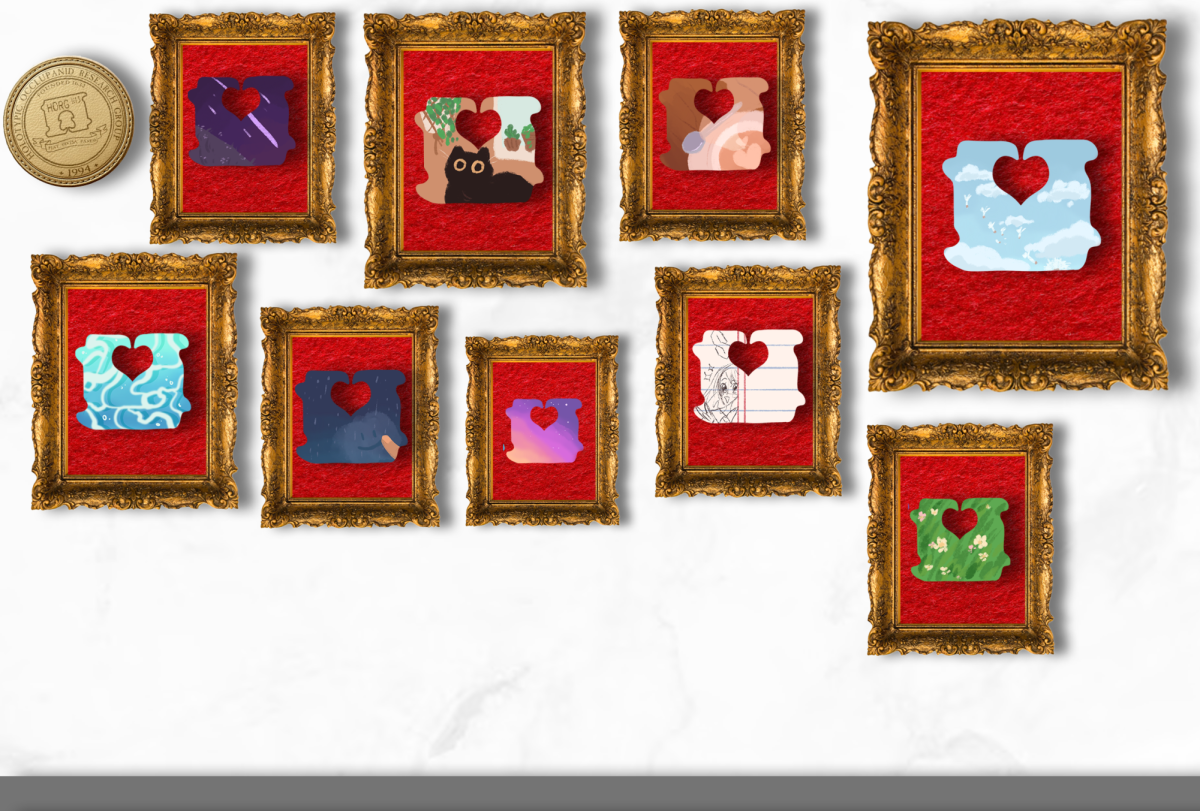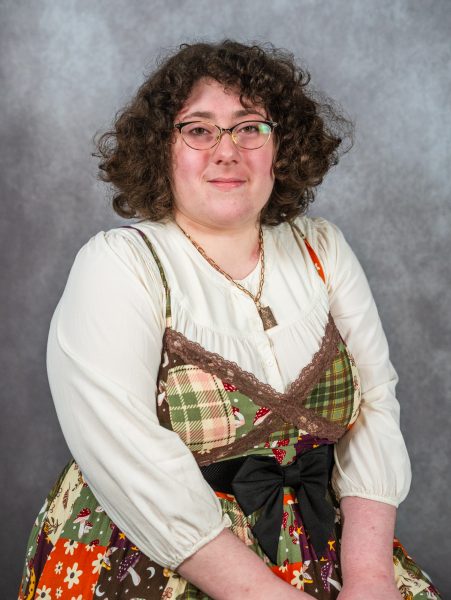I am so tired of living in interesting times. Every other day I hear about something new that instills me with nothing but anxiety. I learn about what’s happening in politics. I learn about how to do taxes so I don’t go to jail. I learn all of this different information that is important but stressful.
It wasn’t until the double-edged sword that is the internet swung in my favor that I found something I didn’t know I needed: useless knowledge of a passion project about garbage. Exploring this niche hobby proved just how important the silly things in life can be, especially to get through the stress of adulthood.
Consider the humble plastic bread clip – small, single use plastic created to keep a bread bag closed and its contents fresh… or a synthetic parasitic organism?
Welcome to occlupanology, the study and taxonomic classification of plastic bread clips that has taken my brain by storm. Created by John Daniel in 1994 San Francisco, the project was born from fascinations with both art and science after studying invertebrate zoology and sculpture in college.
The Holotypic Occlupanid Research Group (HORG) website provides a meticulous categorization of all currently known species of occlupanids as well as the (fictionalized) history of their study. Everything is presented with scientific jargon worthy of museum plaques and a confidence that insists that what you are looking at is completely factual.
Though it began as an art project and joke amongst friends, it has evolved into a genuine hobby with thousands of dedicated community members and active forums. These plastic clips designed for a single purpose and then the landfill found new homes in categorized binders, art projects and scientific displays. Of course I wanted to get in on it.
A colleague here at the Oak Leaf provided me with a specimen found on the Santa Rosa campus. A cursory comparison to the identification guide led us to the Toxodentidae (“curved tooth”) family, one of the most common varieties of occlupanid. It was surprisingly difficult to find an exact match with how similar the many species are, and we found ourselves unable to narrow it down further.
Lucky for me, the community is always happy to help an occlupanologist in need. I turned to the Foundation for Occlupanology Research and Communication (FORC) Discord server for answers and sent an image to the identification channel.
I received two responses within a minute. My specimen was a Palpatophora glyphodorsalis.
I am well aware that spending five minutes of my life identifying a bread clip someone found on the sidewalk is not the best use of my limited time on Earth. There are a million more important things I could be learning about right now, but treating this small piece of plastic like a scientific discovery brought me so much joy.
Sitting with a classmate and scrolling through the HORG specimen archives like we were actually trying to identify a living organism was just plain fun. It was like playing pretend as an adult, spending a couple minutes focused on something silly and made up.
Learning about occlupanids and HORG is one of those things that is a delight to experience. It’s easy to forget the world is full of strange and interesting niches like combat juggling or cryptozoology, which is why I think it’s so important to seek them out.
It’s OK to give your brain a palate cleanser with information that serves no purpose other than to entertain. Learn how to make a puppet, try geocaching, pretend for a few minutes the piece of garbage in your hand is a fascinating scientific specimen.
We live in interesting times, so spend some time on something interesting. Your sanity will thank you for it.





